Very few products that have come and gone over the past 40 months, have impressed me as much as the Acoustic Energy AE1 Active Loudspeakers; my review makes it rather clear that I consider these to be the class of the category below $2,000 and perhaps a legitimate challenger to those above it in the stand-mounted category. It offers zero wirelesses capabilities and is limited to one source device unless you connect either set of inputs to a pre-amplifier.
The passive Acoustic Energy AE100 MK2 are not based on the current AE1 but a complete refresh of the previous generation and significantly less expensive bookshelf loudspeaker that does a lot of things really well.
One of the most striking aspects of the AE1 was the level of transparency; we toss around the “open window” analogy too much in hi-fi reviews but these loudspeakers do have that standing on the “top of a mountain in the Alps watching Julie Andrews below dance like some weirdo alone” thing go on in a big way.

You hear every last detail on the recording through the AE1 and they can play uncomfortably loud without breaking up with heavy metal, large symphonic works, electronic music, and classic rock.
I don’t listen that way anymore but when I raised the volume on my Schiit Audio pre-amplifier, the AE1 made it clear that they can shift into another gear and fully energize a room; my 33′ x 13′ x 9′ basement office didn’t even present them with a challenge.
Pulled out into the room almost 5 feet from the wall, they completely vanished recreating an enormous soundstage both in terms of depth and width if it existed on the selected tracks.

The AE100 MK2 doesn’t deliver their low end response or have the ability to play at the same volume levels without hearing the distortion, but they do just about everything else just as well. For a lot less money.
The Skinny
The new AE100 Series, available through selected authorized dealers across North America isn’t just an upgrade, it’s a completely new design from the ground up.
The design brief was to try and maintain the compact dimensions and sleek appearance of the previous 100 Series but offer a more mature, refined and bigger sound with greater bandwidth and power.
So, what’s changed?
First in line for an upgrade was the main drive unit; the 4” paper cone used for over a decade has performed quite well but Acoustic Energy realized that they could not squeeze any additional performance out of it.
Therefore the decision was made to move up to a 5” driver – this time utilising a 4 layer voice coil with flux rings to enable the dynamics, headroom and clarity demanded from the series design engineers.

This of course created a new problem of size and keeping those compact dimensions. Enter HDF (High Density Fibreboard). The engineers came to the conclusion they needed more internal volume to achieve maximum benefit from the new 5” driver. After much calculation and experimentation, the decision was made to move to HDF – which is not very common at this price-point and usually limited to more expensive loudspeakers.
HDF provides the option of using thinner cabinet walls with no loss in acoustic performance, the mass and stiffness of the 15mm HDF being the same as the previous 18mm MDF.
The result of this move is a small 15% increase in cabinet size but a 30% increase in internal volume gained over the previous 100 Series
The AE100 MK2 has been designed with a view to achieving high sound pressure levels from a small enclosure. This is obtained principally through the use of a 130mm mid-bass drive unit built around an ultra-high force, long throw motor system. Bass performance is augmented by a slot shaped duct at the top of the back panel of the enclosure allowing for a considerable cross-sectional area while negating the issues of air turbulence.
A 25mm soft dome tweeter featuring Wide Dispersion Technology completes the driver compliment and is housed within a 15mm HDF cabinet. The AE100 MK2 takes its design cues from the award-winning 500 Series and is finished in a choice of satin white, black or walnut vinyl veneer finishes.
The AE100 MK2’s quoted frequency response is 51Hz – 26kHz, with a sensitivity rating of 87dB (6 ohms); the speaker is actually harder to drive than the specifications would suggest.
At 290mm x 165mm x 250mm (WxHxD), the AE100 MK2 are not huge but that doesn’t even remotely tell the story. Each loudspeaker is 10 pounds and feels very inert in your hands.
The walnut vinyl veneer finish is very well applied without any visible seams and there are a single pair of binding posts.

Sound
A quick look at the sensitivity rating and impedance would suggest that the AE100 MK2 can be driven by almost anything and I immediately reached for my NAD C316BEE V2 Integrated Amplifier because 40 watts had to be more than sufficient for these small bookshelf loudspeakers.
Wrong. The NAD didn’t sound bad but it ran out of gas when I pushed down rather hard on the gas; bass response was lean and well defined but there wasn’t enough meat on the ribs to satisfy with Tool, Metallica, or Holst.
The Rotel A12MKII was on its way back to the folks in Japan but I did manage to spend 3 days listening to this combination; the NAD and Rotel are similar amplifiers but the additional 20 watts and grip on the bottom made a considerable difference.
The AE100 MK2 sound more balanced than their predecessor with excellent resolution across the board and a very punchy midrange. I also prefer this new tweeter which is more detailed, and very open sounding; it’s also slightly hard sounding if you don’t get the amplifier correct.
Because I’m a sadist, I connected the AE100 MK2s to my Cambridge Edge A Integrated Amplifier and while nobody is driving these affordable bookshelf loudspeakers with a $6,500 amplifier — the experience illuminated a few things about its performance that I plan on delving further into over the next month or so.
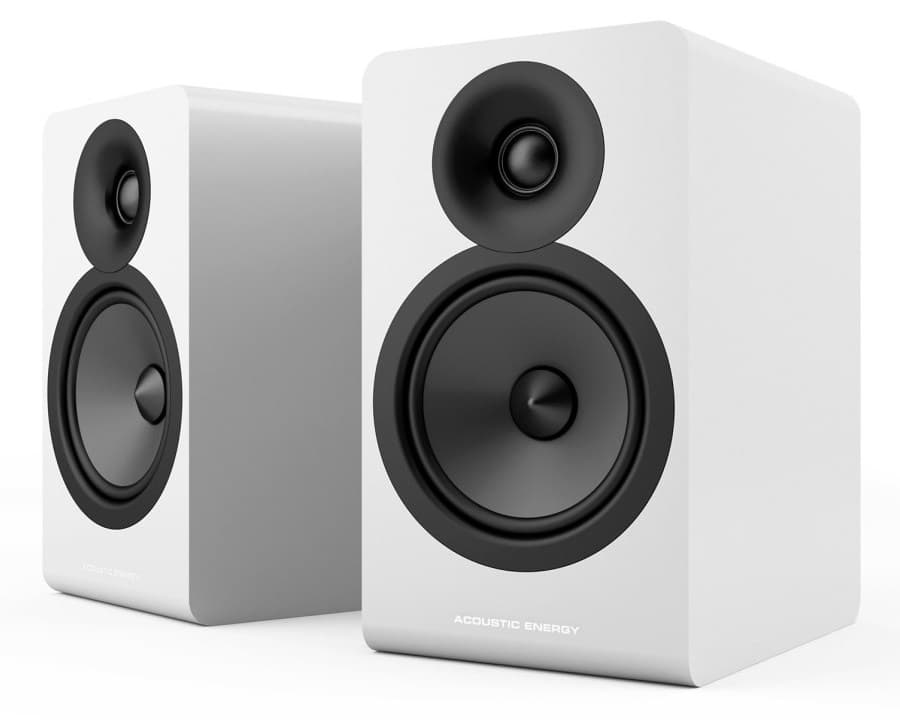
The AE100 MK2 strikes a really good balance in the bass; Acoustic Energy have wisely chosen to focus on speed and definition.
The midrange and lower treble are on the brighter side and you can hear it with every vocal track; Amy Winehouse, Ella Fitzgerald, P.J. Harvey, and Sarah Vaughan all come across with a lot of energy and some bite.
The treble presentation changes quite a bit with proper positioning; I preferred their top end performance and overall tonal balance with the speaker pointed almost straight ahead into the room.
The imaging and soundstage performance is surprising at the price point; soundstage width is excellent and I found the imaging to be quite precise. The AE100 MK2s do rather well in the near field but resist the urge to angle them inward at your listening position; the treble will almost immediately draw attention to itself and take away from its otherwise open and clean sounding presentation.
The AE100 MK2 are engaging to say the least but you need to follow a few rules with them; neutral to warm sounding amplifier, very little or zero toe-in, and placement slightly closer to the wall to help augment the low end which benefits from some boundary reinforcement.
I look forward to trying some new integrated amplifiers and network amplifiers with them this summer with the goal of creating a $2,500 system that includes streaming and vinyl playback.
The Acoustic Energy AE100 MK2 need some careful system matching but they are very strong performers at the price and an excellent option for a den or office if you need to place loudspeakers on a wall unit or bookshelf.
Specifications
- Drive Unit: 130mm (5.1″) paper cone
- Tweeter: 25mm (1″) fabric dome
- Frequency Range: 51Hz – 26kHz
- Sensitivity: 87dB
- Peak SPL: 112dB
- Power Handling: 120w
- Crossover Frequency: 2.9kHz
- Impedance: 6ohms
- Design: 2-way
- Grilles: Slim, cloth magnetic fit
- Dimensions: 290 x 165 x 250 (HxWxD)
- Weight: 9.2kg (pair)
- Finishes: Satin Black, Satin White and Walnut vinyl veneer
Where to buy: $499/pair at Amazon
Related reading: Acoustic Energy AE109 MK2 and AE120 MK2 Floorstanding Loudspeakers
Get more bookshelf speaker reviews and news.














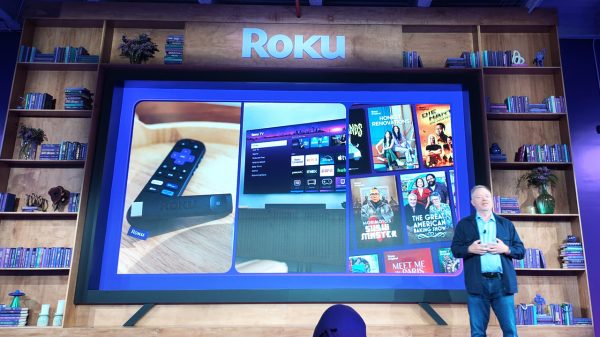
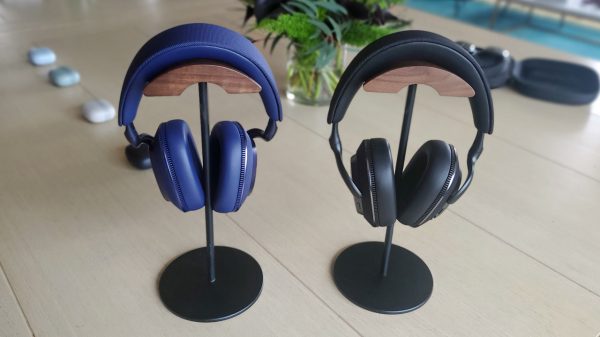

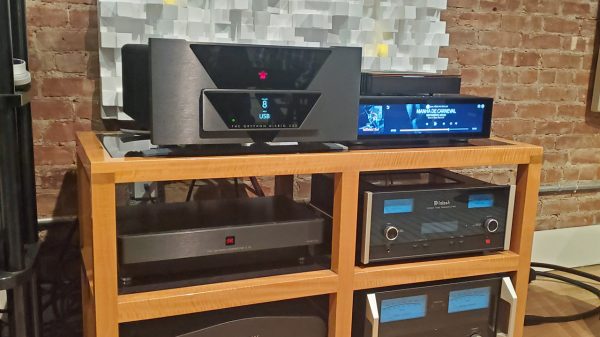



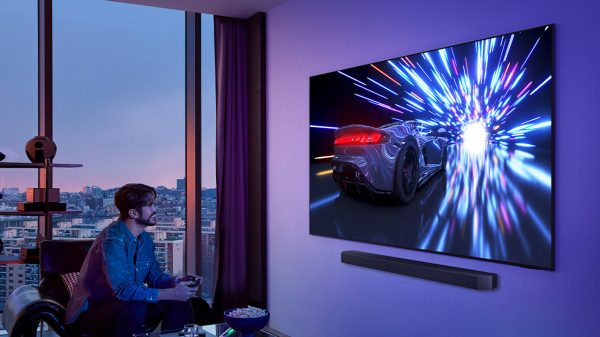
















Bob Rapoport
July 11, 2022 at 3:35 pm
Thanks for the great reporting on the AE100 Mk2 Ian, you nailed it. As the longest active AE dealer in the USA, this new model is in stock in all finishes and your readers are responding already to this report!
Steve Messenger
August 15, 2022 at 2:36 am
I always enjoy your reviews Ian. I think the Bluesound Powernode
Might be a great sonic match with these speakers? Thank you. Steve.
Steve Messenger
August 15, 2022 at 2:39 am
Thanks for another great review Ian. Do you think the Bluesound Powernode might sound great with these speakers? Thank you. Steve.
Ian White
August 15, 2022 at 12:33 pm
Steve,
Thank you for your kind words.
That is a very interesting question. The tonal balance would certainly work. I still have the AE100 MK2 at home and will see if I can get my hands on a PowerNode agin to try it out.
I can see it being a very good system if it works. The AE loudspeakers are excellent.
Ian White
Brian
November 1, 2022 at 7:04 pm
Thank you for this review but what happened to the follow up system builder?
Ian White
November 2, 2022 at 1:30 pm
Brian,
On my list of things to write. We have 20 hardware reviews in the editing phase so it might not be until December.
Ian White
Larry
April 16, 2024 at 8:17 pm
Ian,
I love this kind of review because it shows folks that great systems can be achieved without breaking the bank.
In a small space, the NAD or Cambridge AXA 35 and a Wiim Pro Plus, all for under $1200 would provide years of enjoyment, and at a volume level that would have the neighbors telling you to turn it down. 🙂
Whether it is self-powered speakers from Q Acoustics, KEF, Triangle, or components systems, I can’t remember when so much could be had for so little money.
Tom
April 21, 2024 at 3:09 am
I love the AE100 MK2’s so much I bought a second pair for the bedroom. In the living room my components are Rotel, Schiit, REL, and Atlas loudspeaker cables which truly compliment the loudspeakers. I am also using passive power conditioning from Angela Gilbert Yeung original designer from Blue Circle Audio.
Cheers!
Jeppe
September 28, 2024 at 7:21 am
Hi. What happened to the $2500 system? Would be really interesting and helpful. Thanks